Shrinkage is considered a typical issue on ethylene propylene diene monomer (EPDM) and modified bitumen roofs. Back in the day, this problem was even more common in unreinforced rubber roof systems. Thanks to modern advancement and improvements in manufacturing, it’s now less likely to occur.
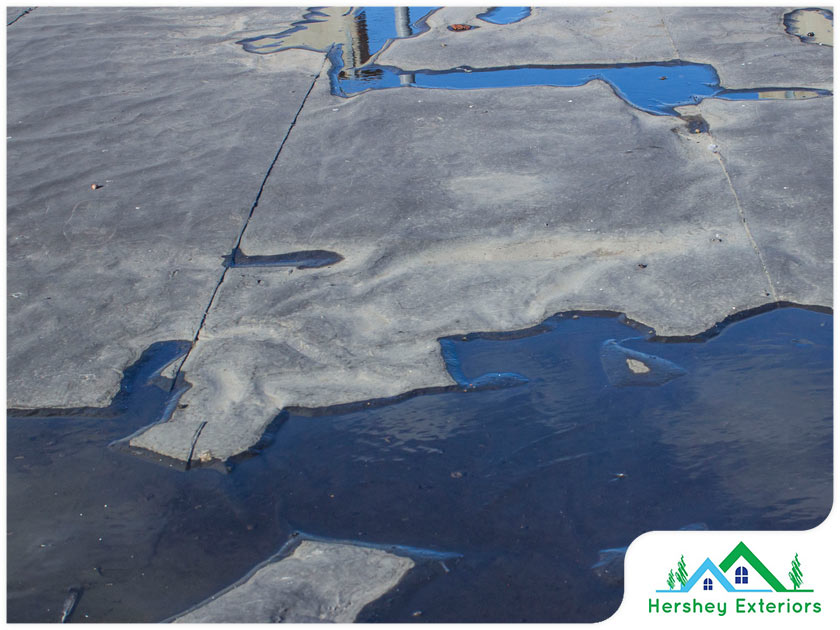
Find out why this problem occurs.
Why Does It Occur?
Some of the most common reasons EPDM and modified bitumen roofing experience shrinkage include aging, improper installation and ultraviolet (UV) exposure. Once this problem occurs, the roof can pull the flashing at protrusions, walls and curbs. As a result, the material can crack and split, causing water to penetrate the building.
Whether you need a commercial or residential roof repair, you should not delay it. Failure to immediately address leaks can cause damage to other components of your building. It can lead to issues such as rot, mold, mildew and poor indoor air quality.
How Do You Deal With It?
The best way to prevent shrinkage in commercial roofing systems is to work with reliable professionals for their installation. Experienced roofers would allow modified bitumen to lay for at least 45 minutes to ensure it is ready. They will also install the material in stagger end laps or alternate. Meanwhile, with EPDM roofs, reliable workers will use ballast or coating for added protection against the sun’s harmful UV rays. UV can cause an EPDM roof to heat up and shrink.
Hershey Exteriors, Inc understands that your roof is essential in your building’s protection against the elements and the safety of its occupants, and your important equipment. Let our team of professionals handle your commercial roof repair, installation and repair needs. We also specialize in siding, gutter, window, and metal roof installation. Give us a call at (302) 569-9039, or fill out our contact form to get a free estimate.
Tags
Subscribe to Hershey Exteriors's Blog


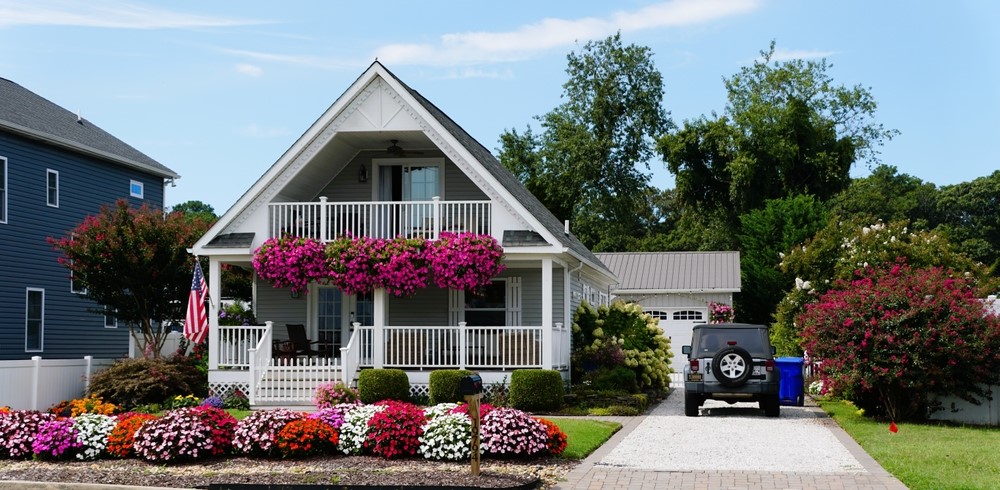
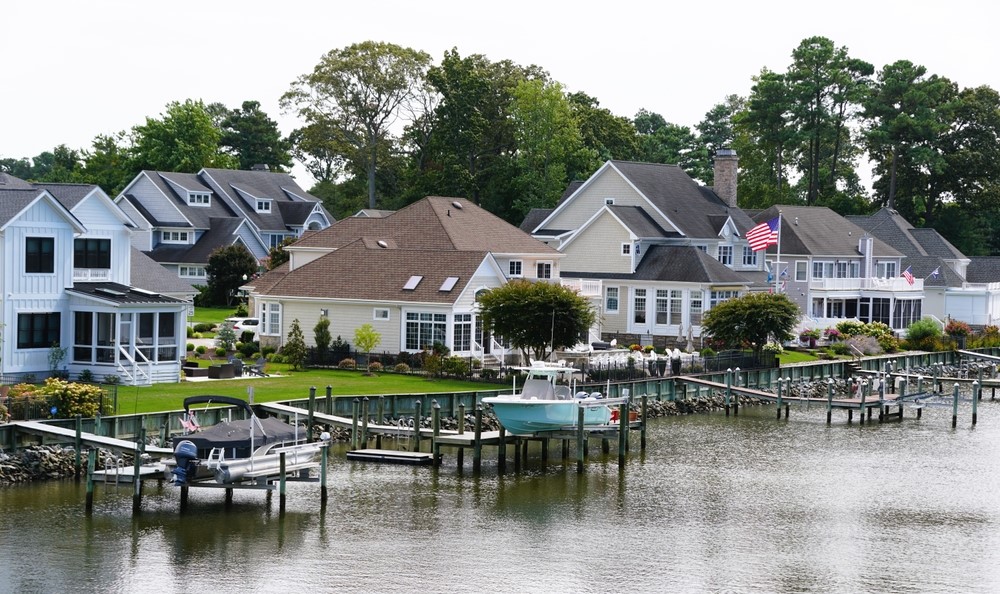

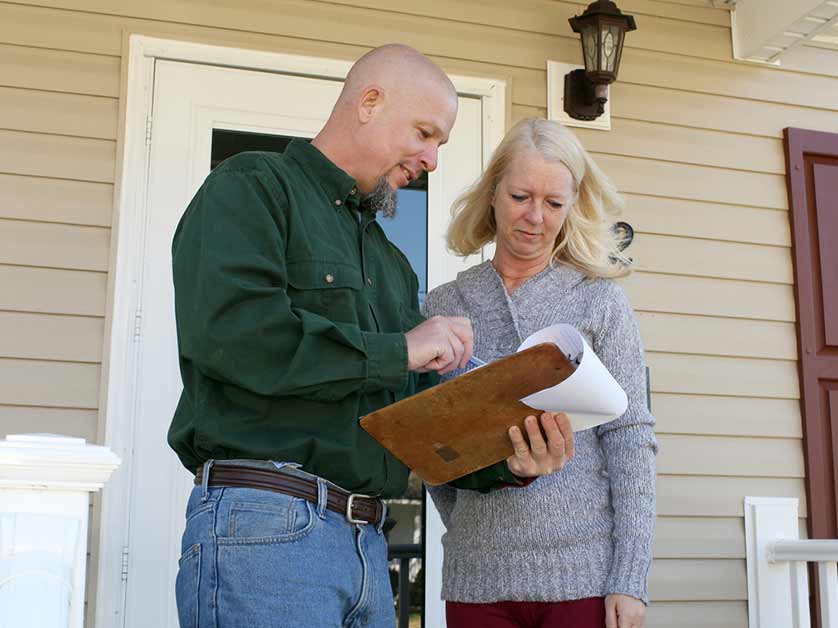
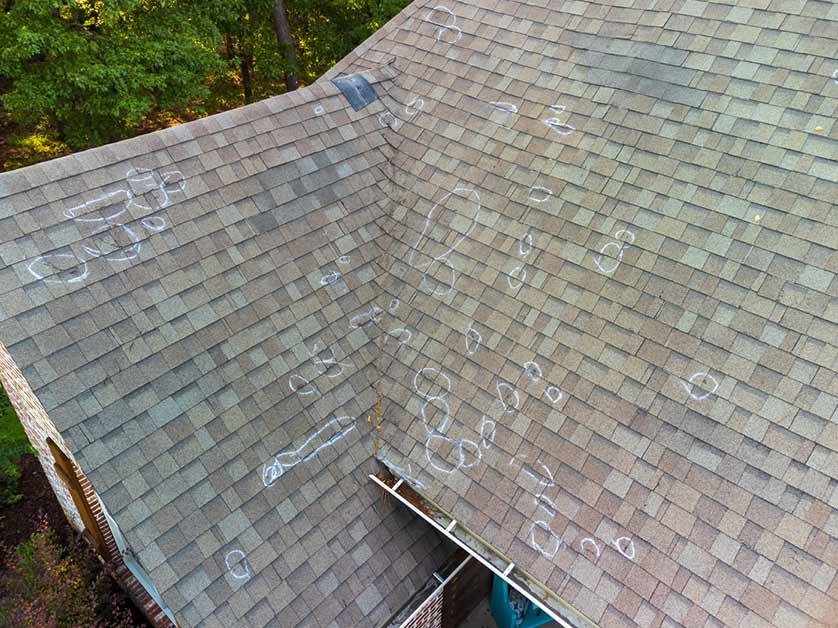

Comments